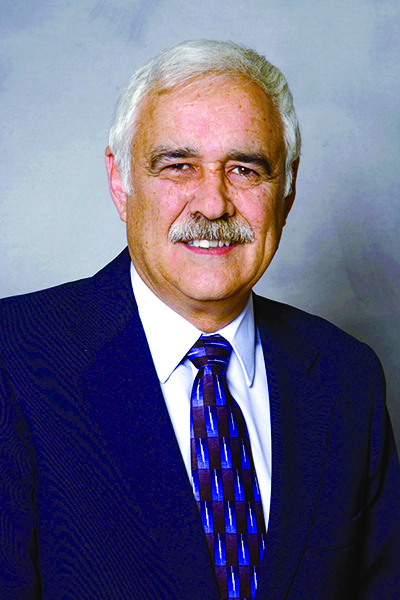The future’s so bright, I gotta wear shades

Electric co-op leaders predict energy changes that lie ahead
As we near the end of the second decade of this century, the pace of technological advancements continues to accelerate. Over the last 20 years, Americans have experienced revolutionary changes that affect everyday life—from the rise of the internet to smartphones, from GPS to drones, from 3D printing to coffee pods.
Just imagine what changes lie ahead.
That’s what we asked the leaders of electric cooperatives across Kentucky. What do you think will be major issues or influences for Kentucky’s electric cooperatives over the next 10 to 20 years, and in the next 50 years?
Their imaginative, thoughtful and candid replies are illuminating, and a reminder of the depth of leadership of Kentucky’s electric co-ops, which serve more than 1.5 million Kentuckians—about 35 percent of the state’s population—in 117 of Kentucky’s 120 counties.
Watch this space in upcoming issues of Kentucky Living as co-op leaders contemplate the Future of Electricity.

Paul Thompson, Tri-County Electric
For more than 80 years, electric cooperatives have enjoyed tremendous success by focusing on our member-owners’ needs. It is reasonable to believe that smart homes, electric cars and advancements in battery technology will drastically change those needs and expectations.
These technological advancements will create ever-increasing standards for power quality and reliability, which will require advanced metering and high-speed connectivity.
As the technology required to provide electric service increases, the prospect of offering other services to our member-owners will be created. Cooperatives will have the opportunity to partner with them by utilizing distributed generation, coupled with battery storage, at their homes to reduce peak (highest) demand, resulting in lower cost.

Bill Prather, Farmers RECC
I looked into my crystal ball for the next 20 to 50 years.
We will see electrical storage technology perfected, and, as a result, there will be large shifts to residential on-site generation where homes will be powered by solar/battery systems and perhaps fuel cell technology. The role of the member-owned cooperative will remain important as we transition from providing service via poles and wires to providing service through individual on-site systems for the member’s home.

Anthony “Tony” Campbell, East Kentucky Power Cooperative
Among the most significant trends facing traditional energy providers is the increasing pressure to move away from fossil fuels in response to climate change and increasingly stringent environmental regulations. While this pressure may ebb, it is not going away.
Also here to stay are distributed energy resources, which give consumers more control over how their energy is produced and used. Energy efficiency, energy management apps and on-site energy production—including everything from solar panels to fuel cells—are changing how energy is made and consumed.
As electric vehicles become more commonplace, the need for reliable, affordable sources of electricity will only become more critical.
What won’t change is the essential role of electric cooperatives in providing reliable, affordable energy for many Kentucky residents and businesses. As they have always done, co-ops will work with their members to provide energy solutions that improve lives and sustain Kentucky’s economy.

Bobby Sexton, Big Sandy RECC
The major issues that I see affecting Kentucky electric cooperatives in the future will be further regulations on coal and a failing economy, which will continue to lead to a loss of membership for the rural cooperatives in eastern Kentucky. Over the next 50 years, I see a probability of the merging of smaller cooperatives due to these issues.

